EERE celebrates Women's History Month
Office of Critical Minerals and Energy Innovation
March 19, 2020Each March, the Office of Energy Efficiency and Renewable Energy celebrates Women’s History Month by recognizing barrier-breaking women and their achievements in science, technology, engineering, and mathematics. For Women’s History Month 2020, we’re proud to highlight seven accomplished women whose work has advanced energy efficiency and renewable energy technologies. In many cases, the barriers broken by these women related to gender in addition to science. In all cases, their contributions serve to energize and inspire the barrier breakers of the future.
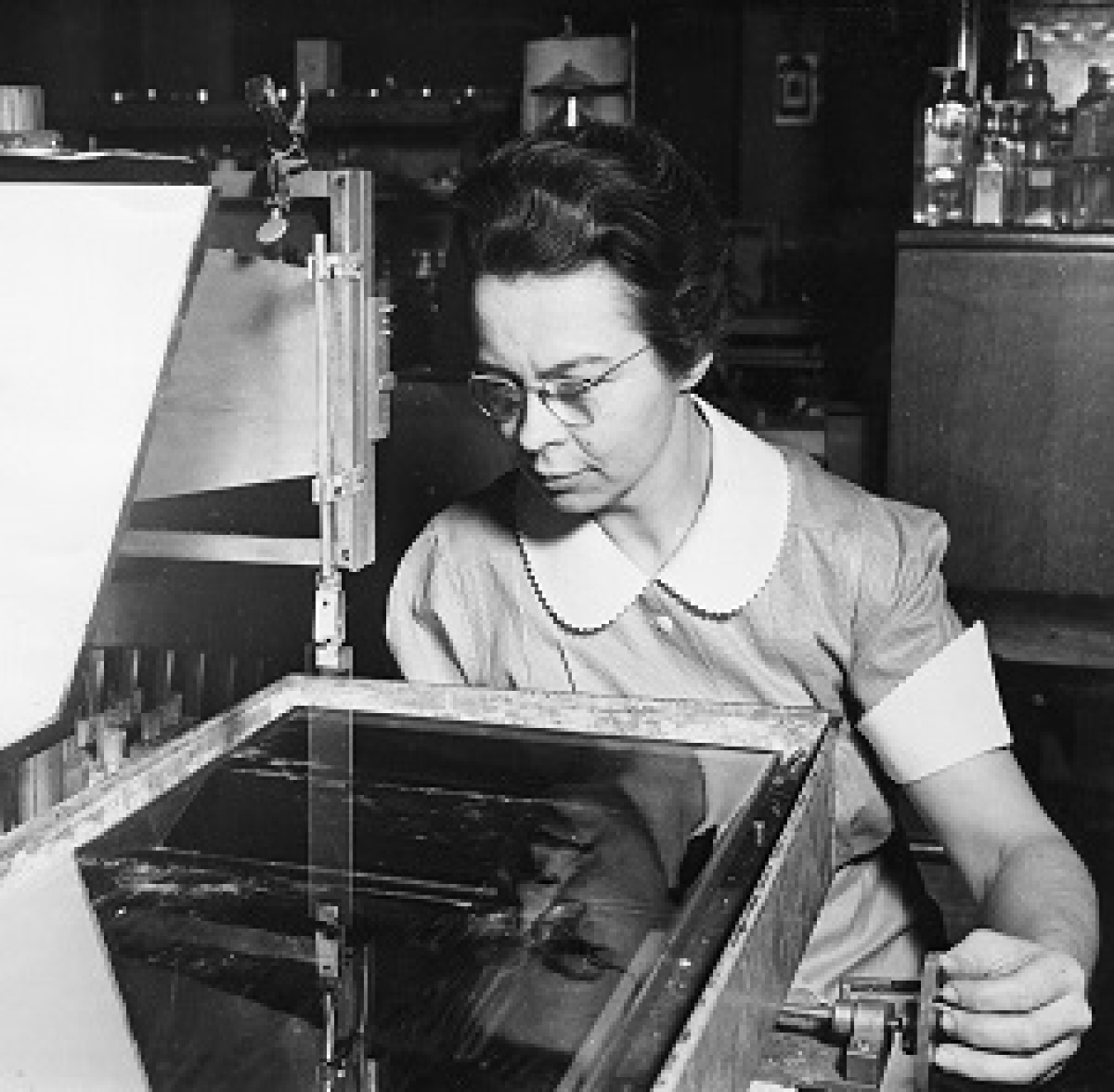
Katharine Burr Blodgett demonstrates equipment at GE Research Laboratories in a 1938 publicity photo.
Katharine Burr Blodgett
Physicist and chemist, 1898 – 1979
Katharine Burr Blodgett already had earned a Master of Science degree when she became the first female scientist to be hired by the General Electric Research Laboratories in 1918—at only 20 years of age. Hoping to advance her career at GE, she briefly left to attend Cambridge University and became the college’s first woman to earn a Ph.D. in physics. At GE, Blodgett worked with Dr. Irving Langmuir, a future Nobel Prize winner, on a project that attached coatings of a single molecule in thickness to glass to reduce glare. By applying enough of these monomolecular layers, Blodgett achieved invisible glass that cast no reflection. Her process, secured with a patent in 1939 listing her as “inventor,” has been applied to all types of glass since then, including that found in telescopes, microscopes, eyeglasses, cameras, and projectors. Her monolayers were so thin—with 35,000 layers needed to equal the thickness of a sheet of paper—that she had to invent a method of measuring them.
Blodgett’s work can be considered foundational to at least two areas of energy efficiency and renewables: solar panels with coatings that enhance their efficiency and make them water repellent, and LED and OLED lighting, where thin layers of coating enhance electric conductivity on glass and other substrates. Her long career included many other scientific discoveries, from better gas masks to more effective airplane wing de-icers. She also invented new and improved smoke screens during World War II. In her spare time, Katherine was an avid stage actor and member of the Schenectady Civic Players in her home state of New York. Among many honors for her achievements, she was selected for the National Inventors Hall of Fame in 2007.
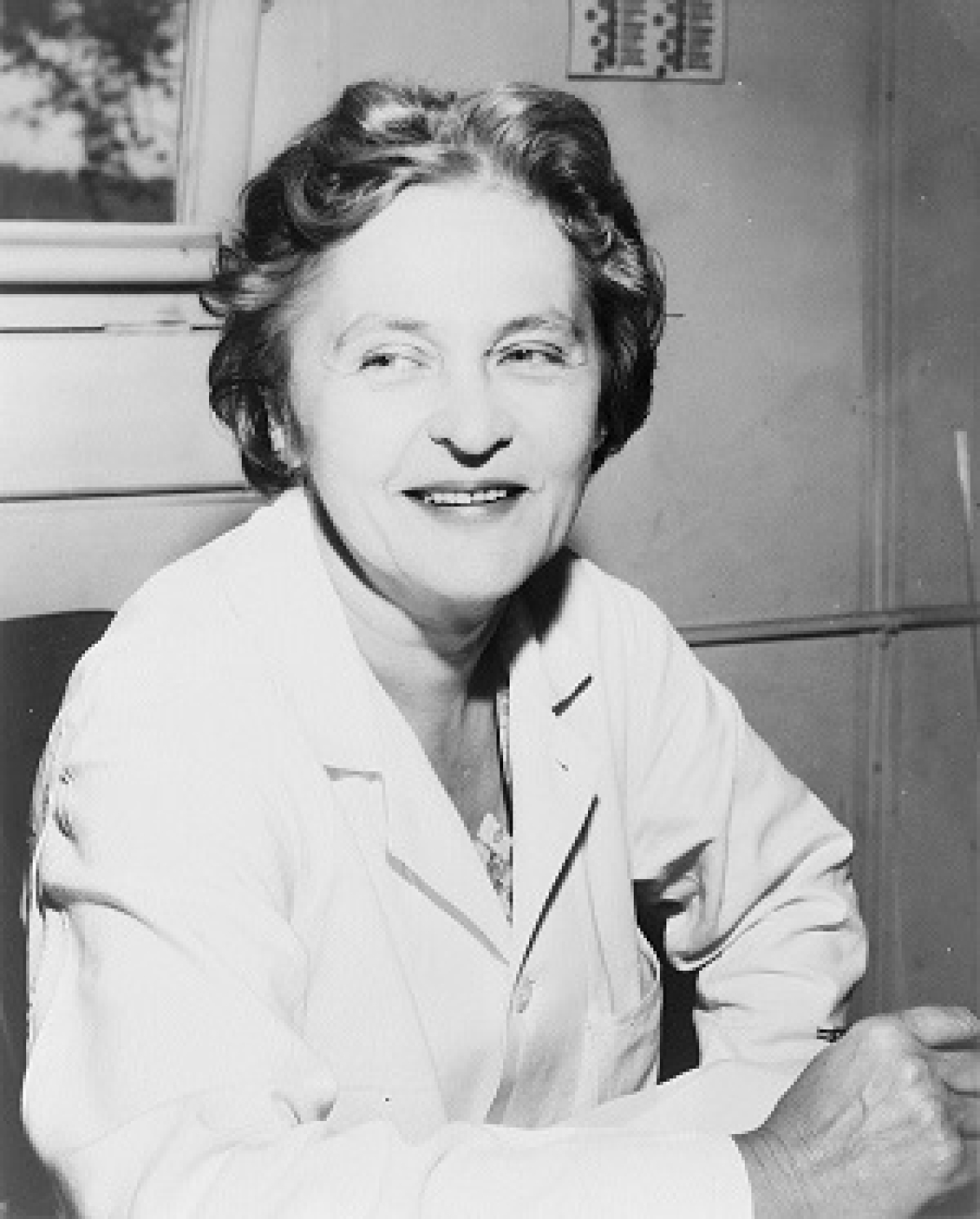
Maria Telkes
Maria Telkes
Biophysicist and inventor, 1900 – 1995
Born in Hungary, Maria Telkes’ accomplished career in solar energy research and development earned her the nickname “the Sun Queen.” Telkes earned her B.A. and Ph.D. from the University of Budapest. She had just become an instructor there when a 1924 visit to the United States changed her life. She relocated to Ohio the next year, joining the Cleveland Clinic Foundation as a biophysicist. Her work there with George Washington Crile, a distinguished surgeon, led to the development of a photoelectric device to measure brain waves.
Her work with Crile got her noticed by the New York Times in 1934. Five years later, Telkes was an American citizen and working at Westinghouse Electric on research related to solar power. The year after that, she landed at the Massachusetts Institute of Technology, where her task was to design a model home that used a heating system powered by solar energy instead of fossil fuels. When World War II interrupted that work, she invented and patented an emergency desalination kit that used solar power to make seawater drinkable for pilots and sailors stranded in the vast Pacific.
After the war, she resumed her work and did indeed create the first solar-powered home heating system, designing “Dover Sun House” with architect Eleanor Raymond in the late 1940s. Five years later, she created a solar-powered oven, and by 1980 she was helping the U.S. Department of Energy create the first solar-electric residence. Maria Telkes was well-named the Sun Queen—her legacy is seen in rooftops and solar farms across a nation that now relies on the clean, renewable power of the sun.
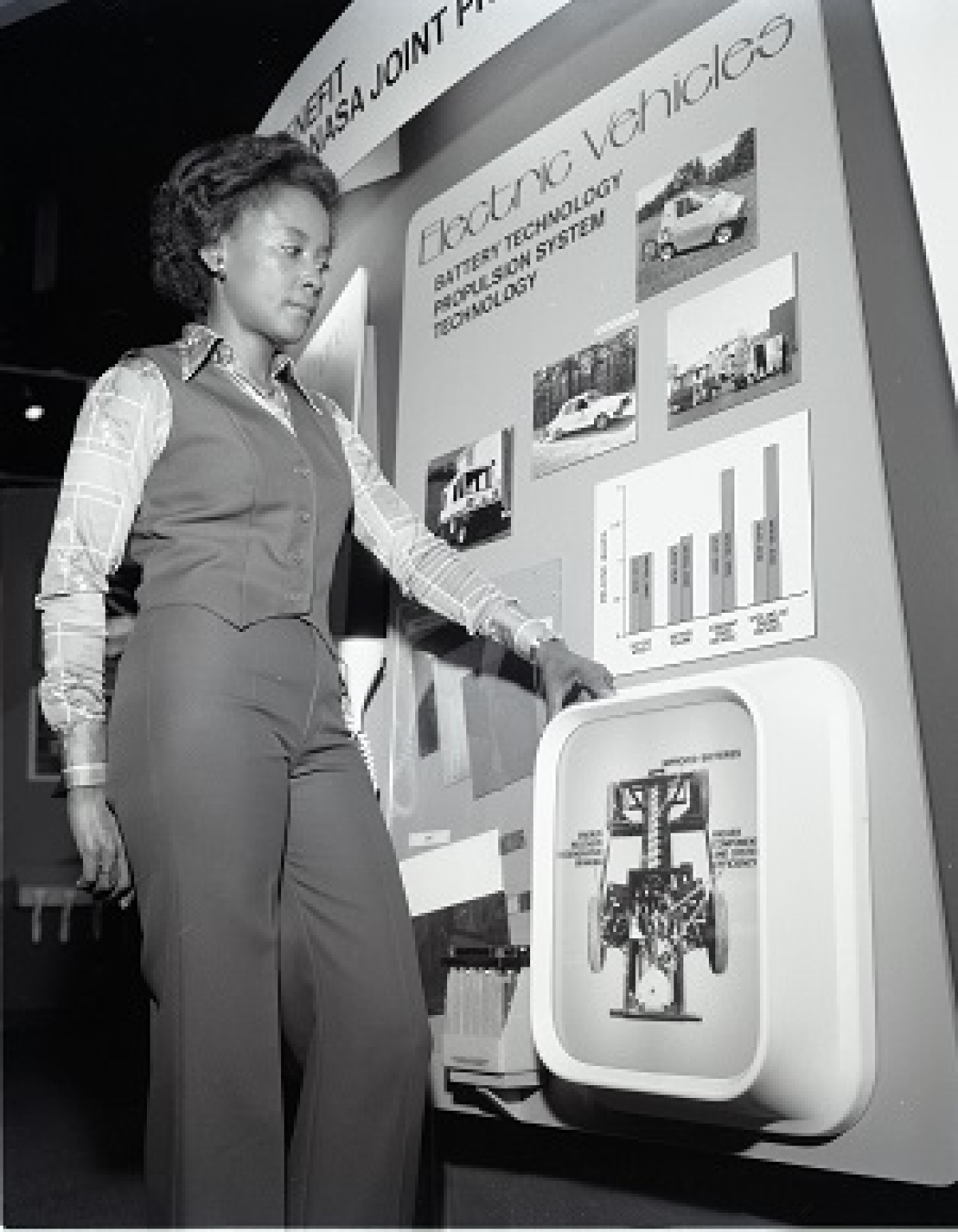
Annie Easley
Annie Easley
Computer scientist, mathematician, and rocket scientist, 1933 – 2011
Annie Easley was a talented mathematician who broke barriers throughout her life. She started her career with the National Advisory Committee on Aeronautics (NACA) in 1955 as a “human computer” who worked out calculations for researchers by hand, relying on tables and large computing machines. At the time, she was one of only four African Americans in NACA, which had 2,500 employees. When the space program began, she saw the transition of NACA to NASA and then the use of computers rather than slide rules.
Easley worked at NASA’s Cleveland facility supporting the development of the agency’s workhorse rocket, the Centaur. She also became involved in groundbreaking energy research. She developed and implemented computer code used to analyze and solve energy problems both in outer space and here on Earth. Her work included solar and wind projects and battery technology that was used for early hybrid vehicles.
Later in her career, Easley grew tired of the NASA dress code that forced women to wear skirts or dresses and heels. One day she conspired with her female supervisor and both showed up the next morning in pantsuits. “It did cause quite a stir,” Easley said. But she made her point. “We took the emphasis off what you’re wearing. It’s more like what you’re actually producing.”
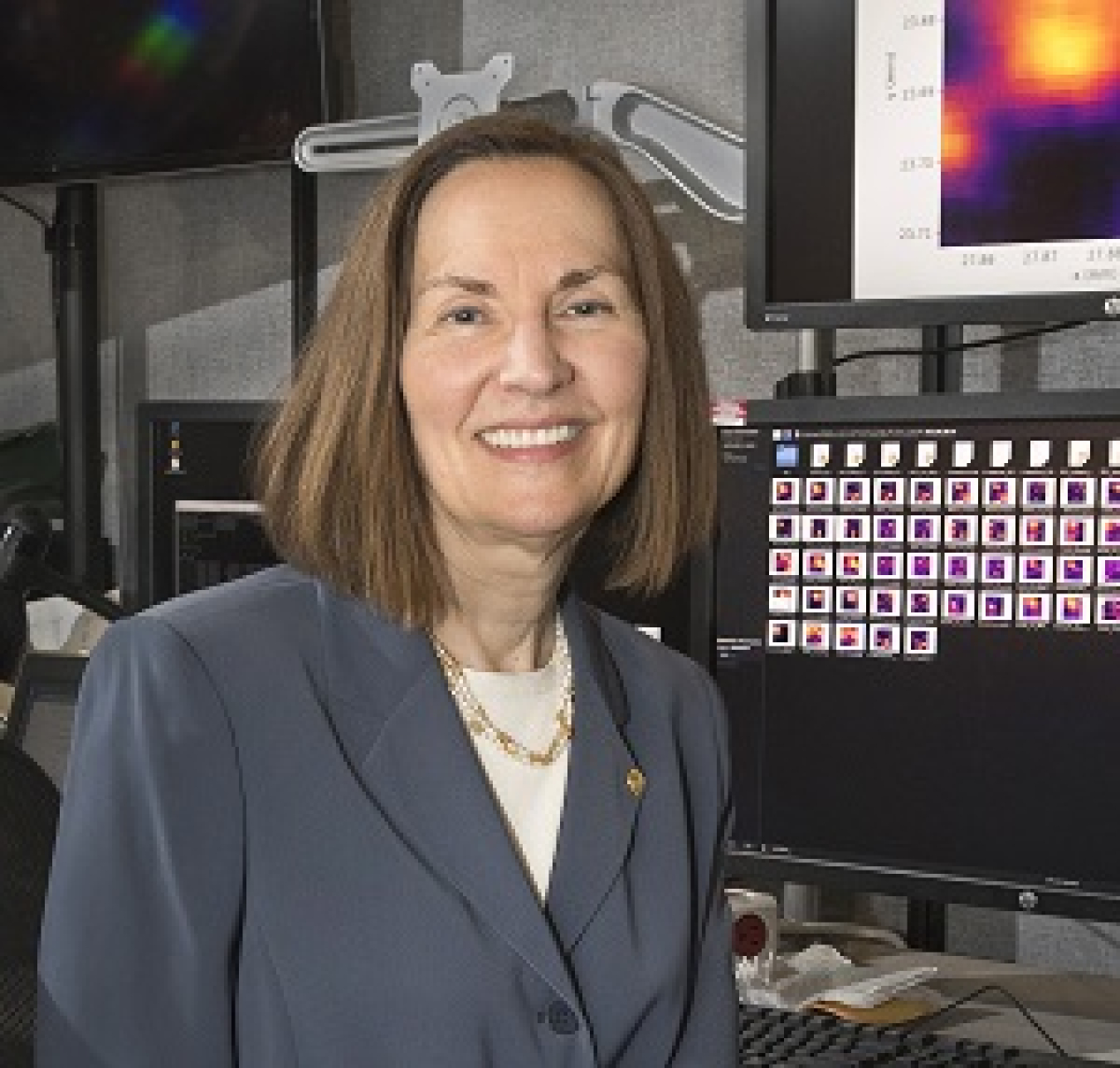
Esther Sans Takeuchi
Esther Sans Takeuchi
Scientist and educator
Not many people can be credited with saving lives on an industrial scale, but Esther Takeuchi has done just that. In the mid-1980s, Takeuchi took on the challenge of increasing the power of batteries used to power implantable cardiac defibrillators (ICDs), tiny devices placed inside patients needing an occasional shock to regulate heartbeat. The trouble was the meager voltage in these batteries was barely powerful enough to do the job; a battery ran out after only a year, requiring major surgery to implant a new one.
Takeuchi changed all that through research at Greatbatch, Inc. She employed new cathode materials, highly conductive electrolytes, and a novel cell design that enabled a new type of lithium/silver vanadium oxide (Li/SVO) battery the same size as the previous model—and one million times more powerful. Instead of lasting a year, Takeuchi’s battery lasted five—newer generations last even longer. More than 300,000 ICDs are implanted each year to help keep heartbeats healthy.
During her career, Takeuchi has received more than 140 patents. She now serves as chief scientist at the Department of Energy’s Brookhaven National Laboratory, where she advocates for more applied research in battery science, in applications ranging from medical to vehicles to large-scale energy storage to renewable forms of energy generation.
Takeuchi also teaches at Stony Brook University, where she counts many young women among her students. “I like to be a role model for them,” she says, “demonstrating that it’s possible to succeed as a scientist.”
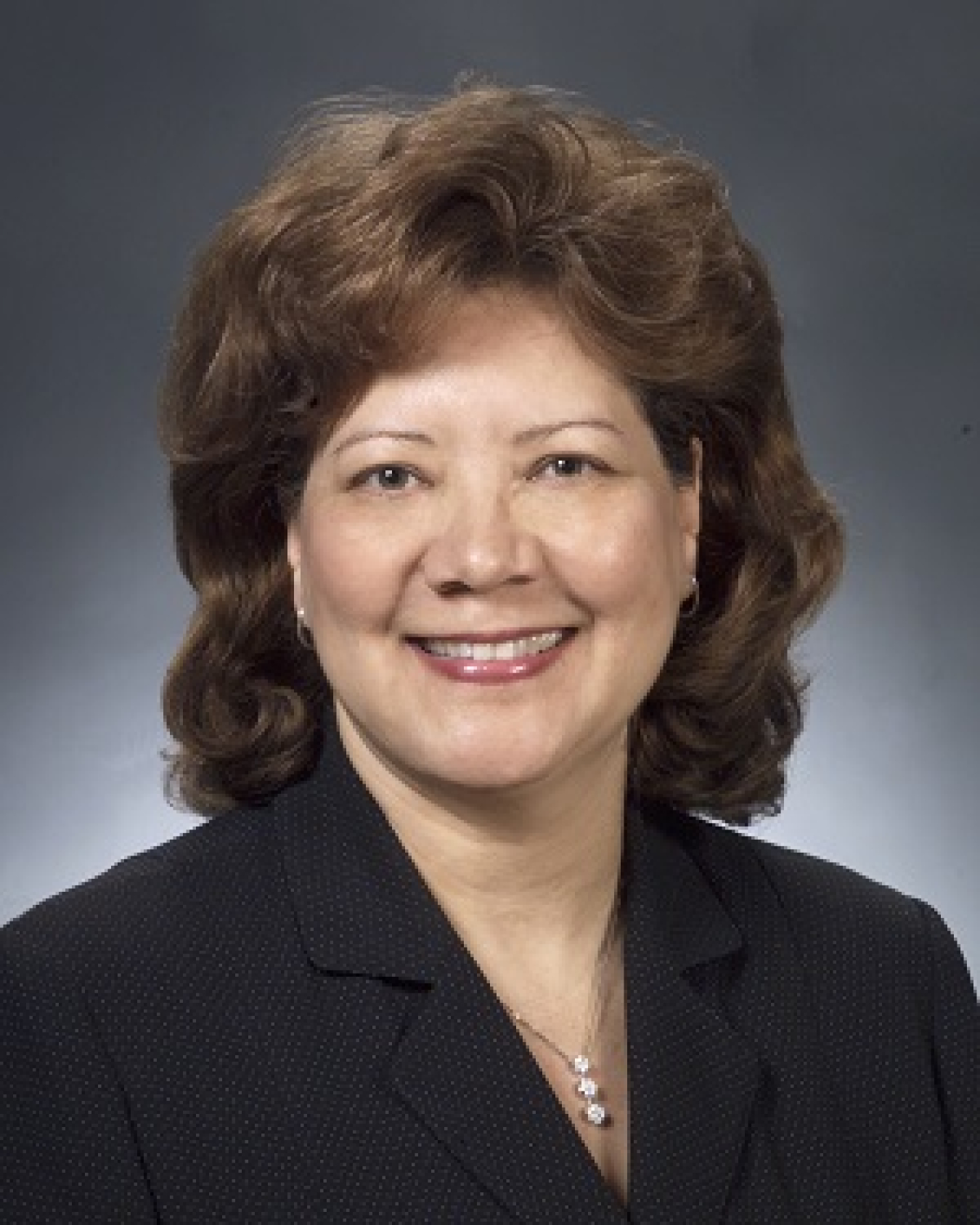
Olga Gonzalez-Sanabria
Olga Gonzalez-Sanabria
Chemical engineer and inventor
The sky has been no limit for Olga González-Sanabria. Born in Puerto Rico, where she completed her Bachelor of Science, González-Sanabria earned her master’s in chemical engineering at the University of Toledo in Ohio. In 1979, she began a 32-year career at the NASA Glenn Research Center in Cleveland. González-Sanabria was part of the team that developed the long cycle-life nickel-hydrogen batteries that first powered the electricity on the International Space Station (ISS), which has been crewed continuously since 2000. Batteries play a critical role each time the ISS orbits the Earth. In one 90-minute orbit, the ISS is in sunlight for just 55 minutes, and solar energy powers its electrical system. During the other 35 minutes, the ISS is in the Earth’s shadow, so it relies on energy stored by batteries for power. This power system has allowed the ISS to be crewed continuously since 2000 and has helped facilitate research on solar and batter power.
Over her esteemed career, González-Sanabria became NASA Glenn Research Center’s highest-ranking Hispanic official and earned the NASA Exceptional Service Medal (1993) and the NASA Medal for Outstanding Leadership (2002). She is also an inductee of the Ohio Women’s Hall of Fame. Now retired from NASA, González-Sanabria works as a consultant.
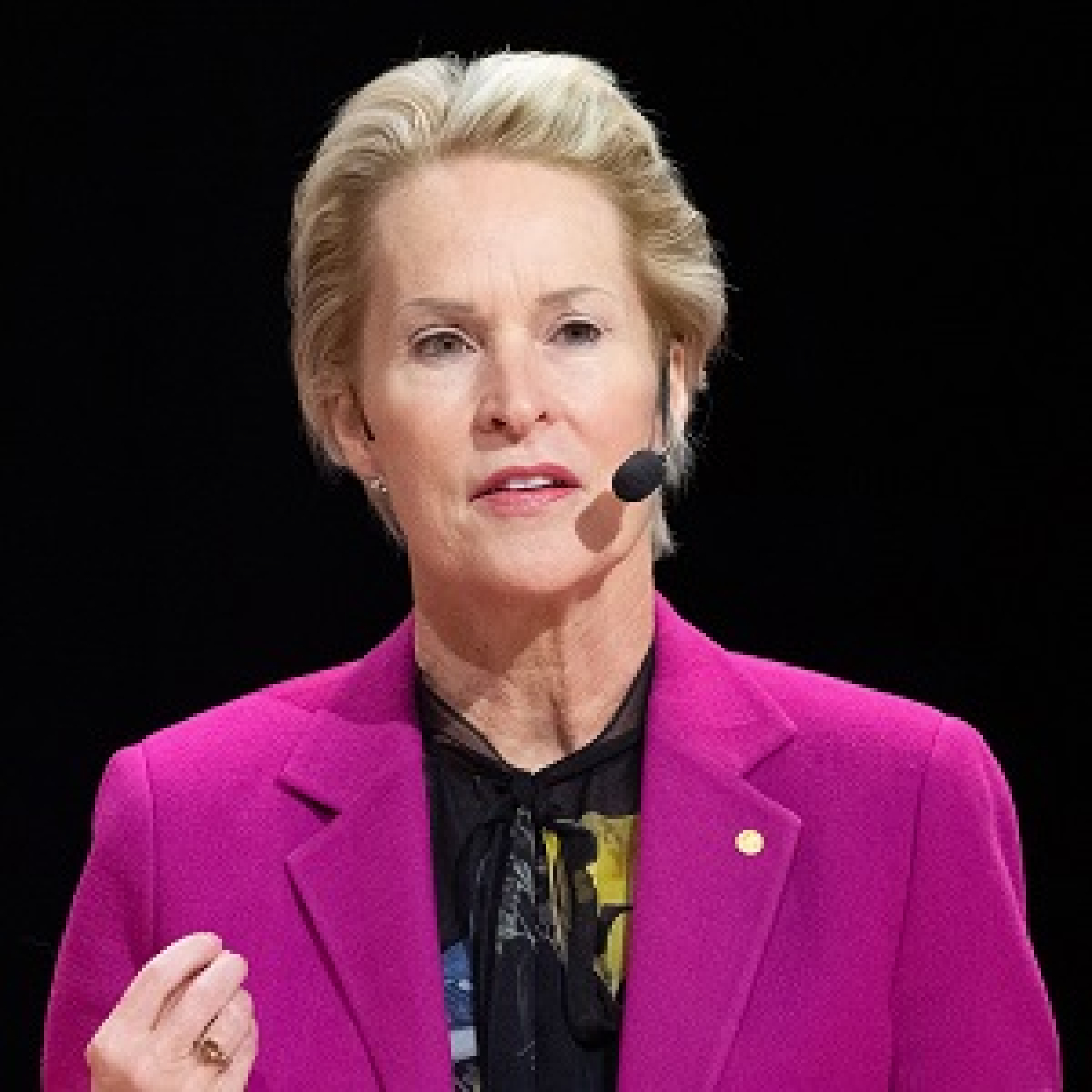
Frances Arnold speaks at the Nobel Prize press conference in Stockholm, Dec. 2018. (Photo: Bengt Nyman/CC BY 2.0)
Frances Arnold
Chemical engineer and Nobel laureate
The daughter of a nuclear physicist, Frances Arnold was encouraged to take her sharp mind in any direction she chose. After graduating from Princeton University with a degree in mechanical engineering, she worked as an engineer at the Solar Energy Research Institute in Colorado and in Brazil and South Korea before moving her sights toward a Ph.D. in chemical engineering at the University of California, Berkeley. There, she combined her interest in biofuels with the emerging field of biotechnology. Arnold began working on modifying the DNA of enzymes and then inserting them into bacteria, which change the enzymes further until they’re optimized to serve as catalysts in the creation of cleaner fuels.
Arnold’s pioneering work using directed evolution to engineer enzymes has been applied not only to biofuels but also to products as diverse as laundry detergent and contrast agents for MRI scans. As a result, she and her work were recognized with the Nobel Prize in Chemistry in 2018, making Arnold only the fifth woman to win the prize in chemistry and the 17th female Nobel laureate in the sciences.
Although chemistry is a field dominated by men, Arnold, who is now a professor and researcher at CalTech, sees a very different future: “There are lot of brilliant women in chemistry. . . . We are going to see a steady stream, I predict, of Nobel Prizes coming out of chemistry and given to women.”
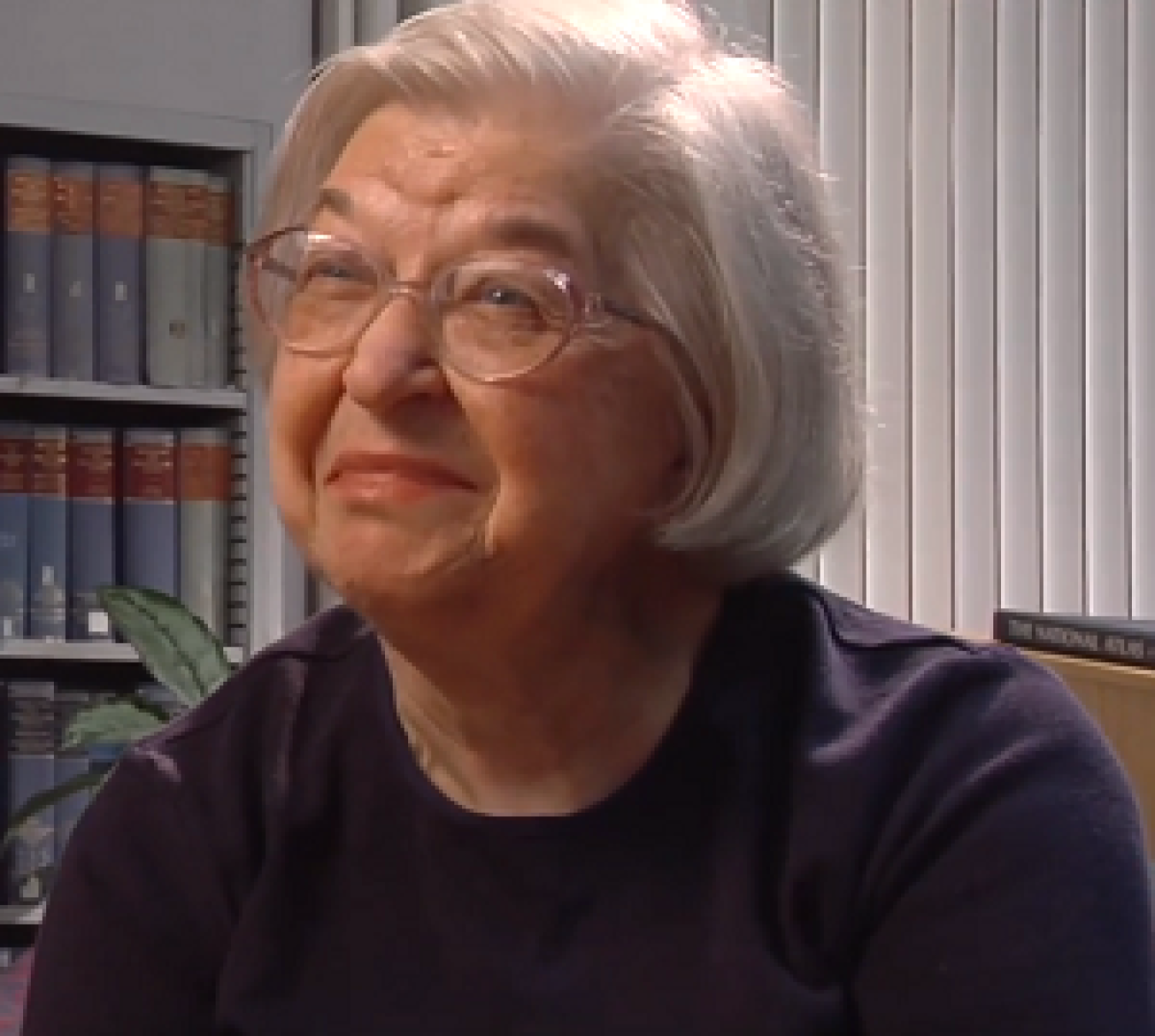
Stephanie Kwolek
Stephanie Kwolek
Chemist and inventor, 1923 – 2014
As a child, southwestern Pennsylvania native Stephanie Kwolek aspired to a career in fashion design, but her abilities in math and science took over and she decided on a medical career. She spent the World War II years at Margaret Morrison Carnegie College in Pittsburgh, where she earned a Bachelor of Science in chemistry. She soon landed a job at the textile fibers laboratory of the DuPont Company, with the plan of saving money for medical school—until DuPont’s research lab beckoned and she began work that would change the world.
Kwolek’s research involved petroleum-based synthetic fibers, and by 1965, she had discovered liquid crystalline polymers that could be spun into fibers of incredible strength—an invention known as Kevlar®. These synthetic fibers would be foundational to Kevlar bulletproof vests, which were first marketed in 1975. Today, among uses spanning more than 200 applications, Kevlar and other aramid fibers are often used in the lightweight composites of wind turbine blades. These low-density polymers have excellent environmental and thermal stability and impact resistance, and they help to minimize weight on the blades, increasing the efficiency of energy transfer.
Kwolek worked at DuPont for more than 40 years and was awarded the company’s Lavoisier Medal for outstanding technical achievement. She was inducted into the National Inventors Hall of fame in 1995 and the National Women’s Hall of Fame in 2003. Generous in spirit, Kwolek was also known for mentoring female scientists and contributing to the science education of children.

